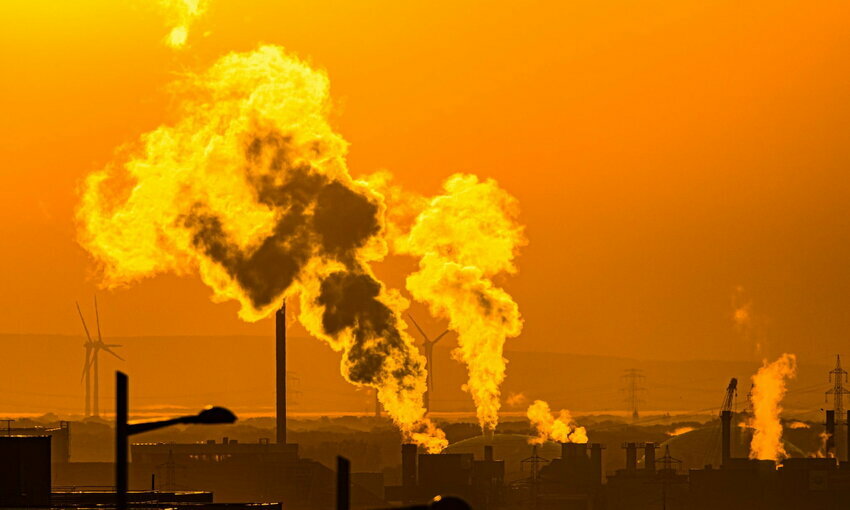 (Credit: Flickr)
(Credit: Flickr)The latest edition of the Statistical Review of World Energy, done by the Energy Institute, KPMG, and Kearney, reveals a turbulent 2022 for global energy.
While the production of clean energy increased and consumption of renewables grew by 1% from the past year, fossil fuel consumption remained steady at 82%. The report, which is in its 72nd year, also shows global prices increased regardless of energy type as the global impact of the energy crisis caused initially by the pandemic, which was then exacerbated by the war in Ukraine, continues to have international impacts.
All regions also saw increased energy consumption, aside from Europe and the Commonwealth of Independent States.
Along with increased energy consumption and a steady use of fossil fuels came a rise in carbon emissions. Emissions from energy use, industrial processes, flaring, and methane specifically rose to a new high.
The Paris Agreement states that in order to limit global warming to 1.5 degrees Celcius, “greenhouse gas emissions must peak before 2025 at the latest and decline 43% by 2030.” To eventually achieve such a sharp decline, this data suggests that the energy industry will have to shift to renewables at a much faster rate than at present.
Despite oil prices reaching $101 a barrel in 2022, the highest level since 2013, oil consumption also increased by 2.9 million barrels per day to 97.3 million barrels per day. Production also increased by 3.8 million barrels per day in 2022, with Saudi Arabia and the United States seeing the largest increases.
Despite the environmental protections of the Inflation Reduction Act, the new law mandates expanded oil and gas production in the U.S. reflecting a common theme of the report. While many countries attempt to apply policy toward combating climate change, fossil fuel dependency remains a major obstacle to accelerating the clean energy transition in practice.
“The EI Statistical Review is essential reading for policymakers around the world trying to balance the energy trilemma,” said Simon Virley, Vice Chair and Head of Energy and Natural Resources at KPMG in the United Kingdom. "All aspects of the trilemma were put under severe strain in 2022. Despite record growth in renewables, the share of world energy still coming from fossil fuels remains stubbornly stuck at 82%, which should act as a clarion call for governments to inject more urgency into the energy transition."
A recent update to the IRA includes tax credits toward clean energy projects, specifically in fossil fuel-dependent areas, showing some promise towards phasing out a fossil fuel-dependent economy.
While renewable power rose 14% in 2022, this fell below the previous year’s growth rate of 16%. Solar and wind power grew most rapidly, at a record increase of 266 gigawatts, with solar accounting for 72% of this capacity. Investment in solar currently leads the way in global clean energy, which now outpaces fossil fuel investment.
Minerals commonly used for EV batteries saw sky-high prices, presenting another barrier toward the renewable energy transition. Lithium carbonate prices rose 335%, to a record-high average of $47,000 per ton. Cobalt prices also saw increases, to an average of $64,000 per ton.
While investment trends mark a promising step toward the energy transition, the Statistical Review presents an economy in which renewables remain costly and fossil fuels dominate energy consumption.
“2022 saw some of the worst ever impacts of climate change – the devastating floods affecting millions in Pakistan, the record heat events across Europe and North America – yet we have to look hard for positive news on the energy transition in this new data,” said EI President Juliet Davenport OBE HonFEI. “Despite further strong growth in wind and solar in the power sector, overall global energy-related greenhouse gas emissions increased again. We are still heading in the opposite direction to that required by the Paris Agreement.”